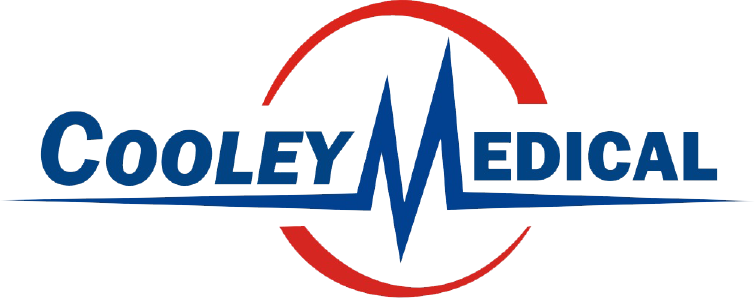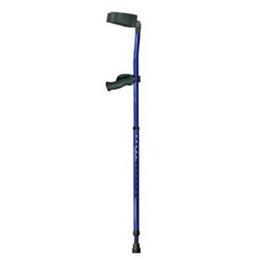* Item may not be available at selected location *
In Motion Forearm Crutch
Understanding Ergonomics of Our Crutches The crutch is one object that has not kept pace “ergonomically†with the ever-changing world of modern medicine, especially in those applications...
- In Stock
Details & Specs for In Motion Forearm Crutch
Understanding Ergonomics of Our Crutches
The crutch is one object that has not kept pace “ergonomically†with the ever-changing world of modern medicine, especially in those applications requiring its long-term use. Static overloading results when muscles, especially those of the hand and the extensor muscles of the wrist, are traumatized or overstressed repeatedly over time. Injuries common to long-term crutch use include carpal tunnel syndrome, wrist tendinitis, medial or lateral elbow epicondylitis, and rotator cuff muscle strains and tears. These injuries result from cumulative stresses on tissues and joints and excessive muscular contraction that impedes blood flow. Other parts of the body, such as the back and the shoulders, are also adversely effected by unnatural stress and increased loads. In addition, long-term crutch use causes fatigue and discomfort, which increases the risk of additional injury from unsafe use.
Conventional crutches are not ergonomically designed, and their users—especially their long-term users—run the risk of serious injury. Modern medicine needs an ergonomically designed, comfortable, user-friendly crutch that maintains proper posture, relieves damaging stress, and lessens vasoconstriction and compressive forces, thereby reducing the overall chance of injury to the user.
Shock-Absorbing
The shock-absorbing feature of the crutch increases comfort by reducing stress, fatigue and soreness. The tension of the shock absorber allows the necessary cushion in each step, but is firm enough to provide a feeling of security and stability.
- Absorbs impact energy
- Increases comfort by reducing stress, fatigue and soreness
- Reduces pain in back, shoulders, elbows, arms and wrists
The ergonomic grip on our shock-absorbing crutch is at an angle (12°) designed to provide the greatest amount of blood flow and reduced trauma to the nervous system.
- Designed for repetitive and vigorous use
- Allows proper blood flow and nerve conduction
- Reduces carpal tunnel syndrome and wrist tendinitis






















